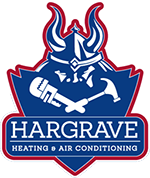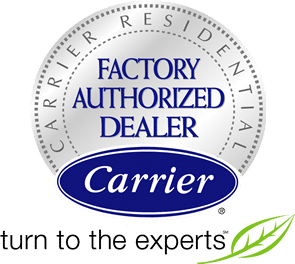Just like your car, furnace or any other machinery in your home, the more regular maintenance you do on your air conditioner, the longer it will last, the better it will cool your home, the fewer air conditioning repairs you will need, the greater its energy efficiency will be, and the more it will all help[ you save money.
4 Items for Your Air Conditioning System Maintenance Checklist
We’ve pout together this checklist to help you understand what regular AC system maintenance tasks you can perform safely on your own.
-
Replace the Air Filter
One of the best things you can do to keep your AC unit in tip top condition is to replace the air filter for your HVAC system. A good rule of them that’s easy to remember to replace the filter once a per season.
-
Keep the Outdoor Condenser Unit Clear
In central air conditioners, it’s important to keep the outdoor condenser unit free of debris like grass, leaves, twigs, etc., so the condenser coils can do their job. Keep grass closely mowed for at least two feet all around the unit. Check for and remove any overhanging branches.
At least twice a year, in spring and fall, make sure power is shut off from the unit and remove the fan grill. Remove larger debris from inside the unit by hand and use your shop vac to get smaller debris and dust, including the dust in between the condenser fins. -
Level the Outdoor Unit
The condensing unit might fail to operate if the base it sits on goes out of level. Check the level of the base correct it with shims as needed.
-
Check the Evaporator Coils, Drain Pan & Drain
The evaporator coils are where all the action happens in an air conditioning unit. The cold coils absorb the heat from the air in your home. They are located inside the HVAC blow unit. The less dust there is on the coils, the more efficiently they can cool the air in your home.
As warm air is blown across the cool evaporator coils, condensation can form on the coils. The water will fall into the drain pan just below the coils. Keep the drain pan clean to avoid algae, mold and mildew growth. They can all effect your indoor air quality.
After being caught by the pan, the water drinks into the evaporator drain. Keep to drain clear of algae growth to avoid flooding and to keep your cooling system working.
For more maintenance advice, check out our article “5 HVAC Maintenance Tips for Spring”.




